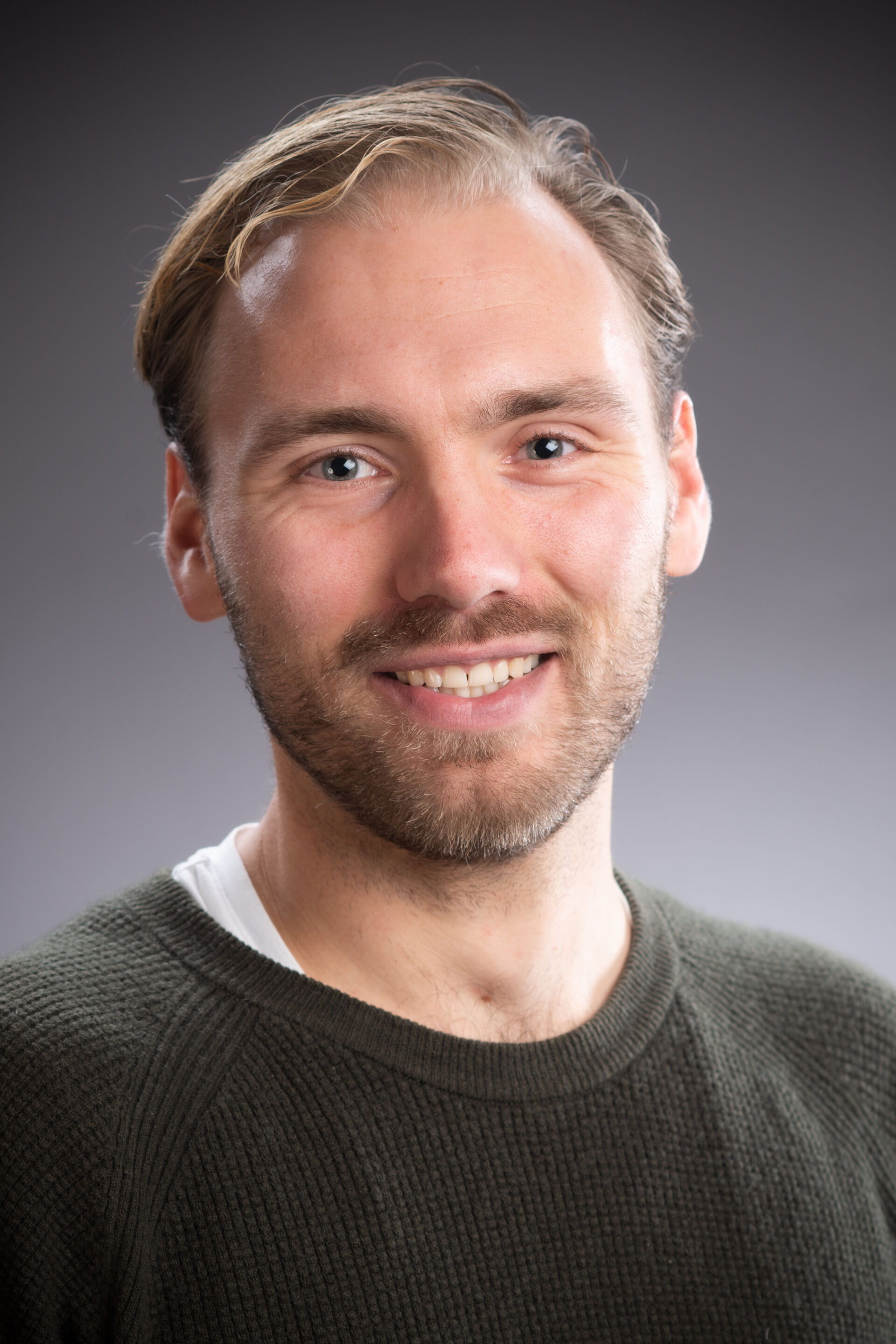Abstract
A reference genome is a cornerstone for any population genomics study, providing a framework for identifying and cataloguing genome-wide genetic variants in a population. Over recent years, the ability to generate reference genome for non-model species has rapidly increased due to significant advances in high-throughput-sequencing applications. However, generating the data to assemble a genome often involves multiple sequencing approaches, which may not be easily accessible for certain institutes, and require a significant monetary investment. Here, I will introduce a project we have started to test the new Oxford Nanopore Technology chemistry as a standalone, cost-effective, in-house sequencing platform for generating reference genomes. Apart from obtaining reference genomes, this project focusses on developing a comprehensive protocol for anyone wanting to assemble a genome and perform a population genomic study on a non-model organism. We selected four fish species with expected genome sizes between 0.6 and 0.8 Gb. The fish species are all native to New Zealand and thought to be susceptible to climate change. Obtaining a reference genome will be important step towards a population level study for each of these species. We ran two flow cells using the Oxford Nanopore Technology Q20 chemistry at a cost of 1,950 USD per species. The first preliminary draft assemblies showed promising results. The average read quality (Qscore) per flow cell ranged between 14.2 and 17.5, and the best assembly had an N50 scaffold length of 5.3 Mb, N50 scaffold count of 32, and a longest scaffold size of 19 Mb. While such genomes are not equal chromosome level assemblies, they would provide a large scientific community with the ability to perform population genomic analyses. Future efforts are focussed on generating more data and working towards an industry standard chromosome level assembly.
